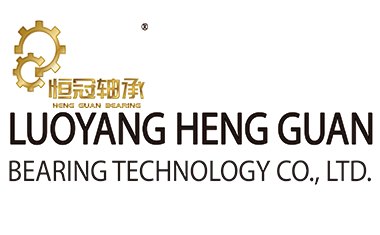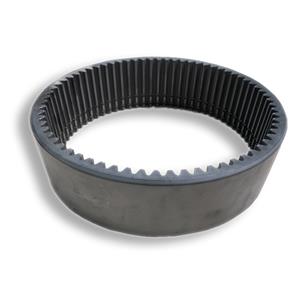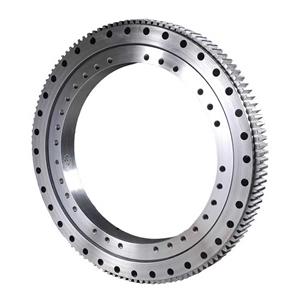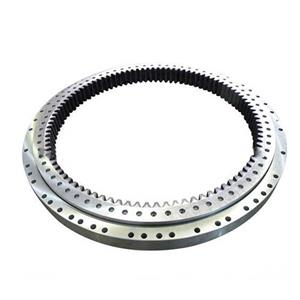What are the bearing heat treatment processes?
What are the bearing heat treatment processes? -
Introduction to normalizing, annealing, quenching and tempering
1、 Bearing heat treatment process
1) Quenching: Quenching is to heat the metal above the critical point, at which time the internal structure and state of the metal will change - austenitizing. At this time, it is necessary to hold for a certain time to allow the metal to fully react, and then cool at a rate greater than the critical cooling rate. Martensitic structure is obtained after quenching. Compared with that before heat treatment, the hardness of the material is higher, but the brittleness and toughness are poor and need to be processed again.
2)Tempering: In order to solve the problem of brittleness and poor toughness of materials after quenching, tempering treatment is generally carried out. It is to heat the metal to a certain temperature below the critical temperature after it is hardened, keep it warm for a period of time so that the microstructure in the metal can be evenly distributed, and then cool it to room temperature, so that the finished product with a certain strength, hardness, plasticity and toughness can be obtained.
3)Annealing: annealing is to slowly heat the metal to a certain temperature, and then slowly cool it to room temperature. The distance is like cooking a bowl of noodles but it is too hot, so you should put it aside and let it cool before eating.
4) Normalizing: Normalizing is a heat treatment process that heats the metal to 30-50 ℃ above the critical temperature and cools it in the air after holding it for a proper time. It sounds like annealing process, but there are obvious differences between the two. Let's learn about it.
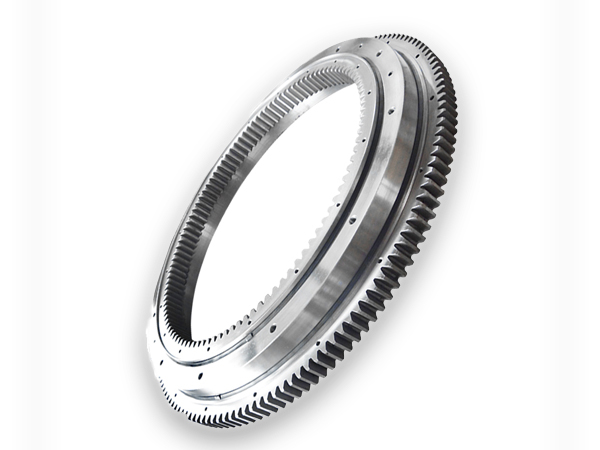
2、 Difference between normalizing and annealing
Normalizing is a kind of deformation or special case of complete annealing, which is only different in cooling speed. Generally, annealing is cooled with furnace cooling and normalizing is cooled in air. Normalizing is applicable to hypoeutectoid steel and hypereutectoid steel. For eutectoid steel, normalizing is generally used to eliminate network carbide; For hypoeutectoid steel, the purpose of normalizing is basically the same as that of annealing, mainly to refine the grain and eliminate the defects in the structure, but the pearlite sheet in the normalizing structure is finer than that of annealing, and the amount of pearlite in hypoeutectoid steel is more than that of ferrite, so the hardness and strength of the steel after normalizing are higher than that of annealing, so it can be seen that in production practice, the materials with network cementite in the steel can be used only after normalizing is eliminated, For materials with performance requirements after heat treatment, the annealing process shall be selected according to different requirements and different steel types. For example, the normalizing process can be selected if certain strength and hardness are required after heat treatment; Annealing process shall be selected if certain plasticity is required, and strength and hardness shall be reduced as much as possible.
The above is about the introduction of the bearing heat treatment process, which briefly explains the supply of normalizing, annealing, quenching and tempering, and also explains the difference between normalizing and annealing, hoping to help you. The bearing heat treatment process also hopes to increase the hardness and wear resistance of the bearing manufacturing materials and extend the service life of the bearing through these ways. We have been producing various rotary table bearings and slewing bearings for many years. If you need any information, please call us.
